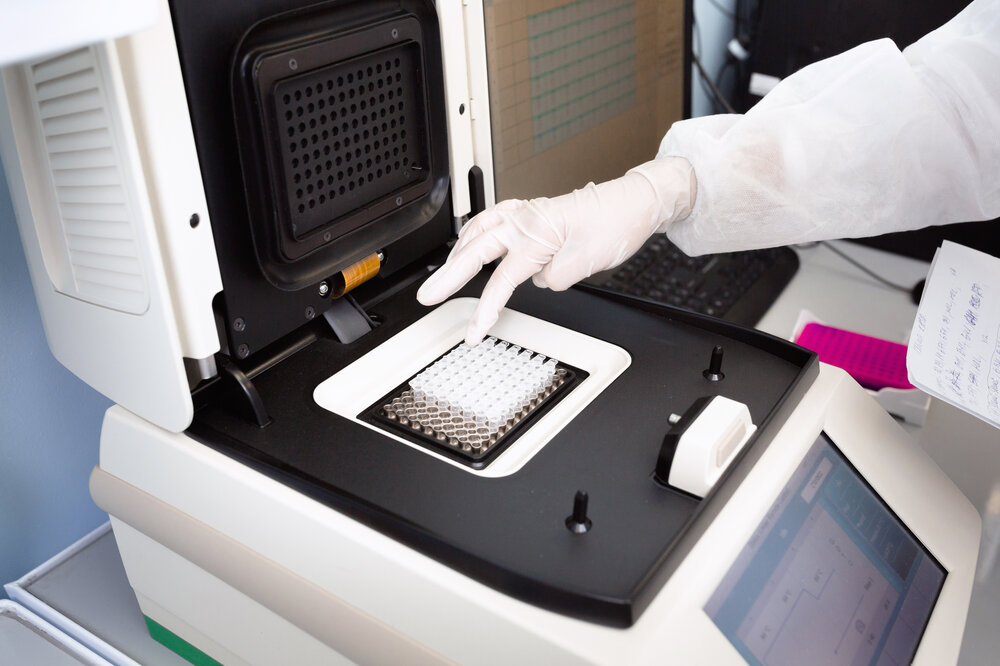A genome is an organism’s complete set of DNA. The DNA is inherited from parents. In humans, the genome consists of 23 pairs of chromosomes, all the information needed for an individual to develop and function. The genes are pieces of DNA and are present in every cell in our bodies. Each gene has a special function. Any change in the DNA sequence can alter one’s genetic code, and a gene may become unable to perform its normal function.
Currently 70% to 80% of rare diseases are of genetic nature. Genetic testing is meant to find changes in genes that can cause health problems. It has its origins in the 1950s. Methods and principles have been developed over the years, and it has become a complex landscape, with terminology and new processes evolving all the time.
According to the National Health Service (NHS) UK, a genetic test can:
- help to diagnose a rare health condition
- help to understand whether an inherited health condition may affect you / your family members
- show if you are at higher risk of developing certain health conditions
- guide doctors in deciding what medicine or treatment to prescribe
- guide doctors on eligibility to join a clinical trial.
Genetic counselling will most commonly precede any initiation of the actual genetic testing. A genetic counsellor will support with understanding the implications of genetic testing for the subject and their family.
Also, depending on where you are in the world, the cost implications for taking a genetic test may vary substantially and may affect the final decision on whether to take the test.
The effective genetic testing is initiated with the DNA collection, and it goes through a number of complex steps before it gets to the sequencing stage.
Depending on the reason for the test, getting the result may take weeks or months, and it may even involve subsequent further testing. However, an indication of when to expect the results should be given. 
This will be part of learning how to manage uncertainty and expectation when taking the path of a genetic diagnosis. Although it is meant to provide an answer, this may be the beginning of a journey rather than an end.
This is where we, as patient groups, are looking to support by providing trusted, accurate information and explaining and educating on terminology linked to our neuroacanthocytosis (NA) syndromes. This is possible thanks to our dedicated professionals, clinicians and researchers, our trustworthy collaborators for many years.
Equally, patients, their families and carers can contribute enormously by sharing with us their own experiences. Each path is unique and raises unique challenges, and the rare nature of the NA syndromes makes any of this information even more valuable. Details about specialist services in your area that were helpful to you, whether they were free or paid services, specialist tests you were recommended / took or anything that decided the course of action you took next will be valuable to others in the NA community. Please rest assured that your information will stay as confidential as needed, but it can still contribute to building a valuable knowledge base to be shared with our NA community.